Fish are weirder than you think.
Some glow like neon signs.
Some change sex midlife.
And one can even climb a tree.
They’ve been around for over 500 million years, and during that time, they’ve cooked up tricks that make sharks look boring.
Forget everything you learned from cartoons or your goldfish tank—this is the bizarre, jaw-dropping side of fish most people never hear about.
From fish that spit like snipers to others that play dead to catch prey, these facts will make you question what kind of alternate universe exists beneath the waves.
Ready to have your mind blown by gills, slime, and pure evolutionary madness?
Dive in.
You’re not prepared for what swims below.
The Walking Fish
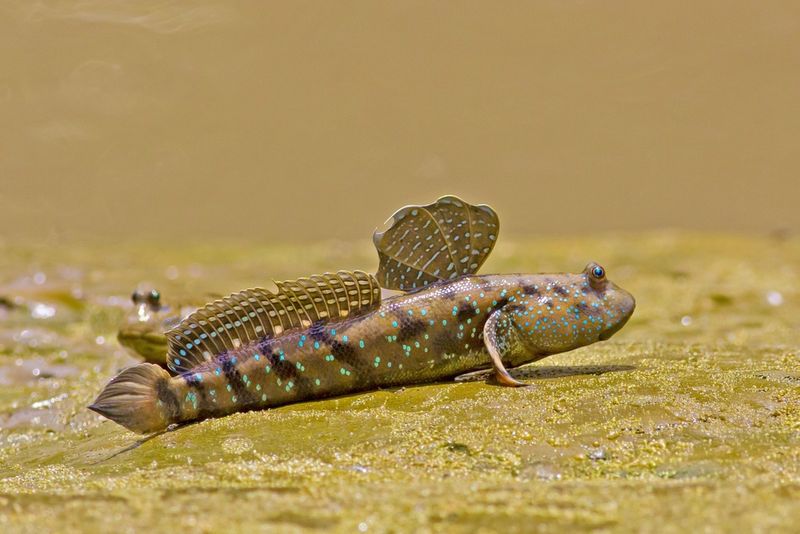
Imagine a fish that can stroll on land! The mudskipper, with its bulging eyes and strong pectoral fins, can do just that. Found in mangrove swamps, this fascinating creature uses its fins to navigate the muddy terrain.
With gills that can retain water, mudskippers spend time both above and below the water’s surface. They are remarkable climbers, often seen scaling rocks and tree trunks. Their unique lifestyle allows them to escape predators and find food in diverse environments.
Did you know? Mudskippers are also known for their playful antics and territorial displays.
The Transparent Fish
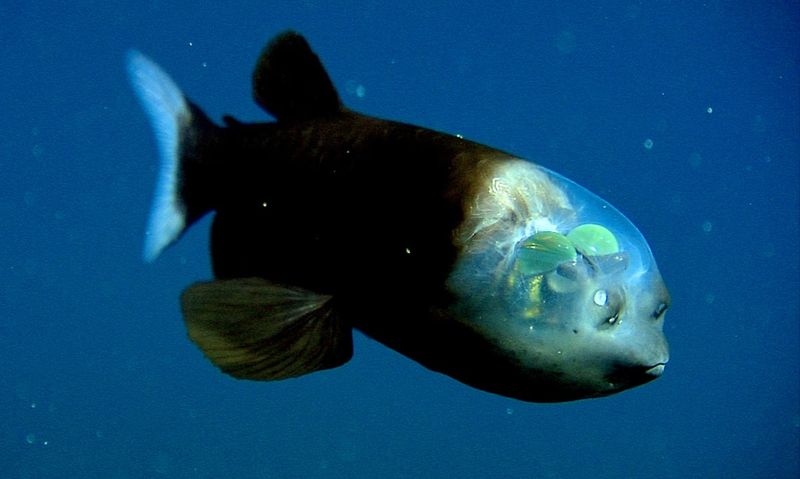
In the depths of the ocean, the barreleye fish dazzles with its transparent head. This mesmerizing feature allows it to look upward through its own skull! Its tubular eyes are perfectly adapted for spotting prey in the dark waters.
The transparency isn’t just for show; it protects sensitive eyes from jellyfish stings. The barreleye’s ability to rotate its eyes offers a unique perspective, observing both prey and predators.
This enigmatic fish remains one of nature’s most unusual marvels, showcasing the incredible adaptability of marine life.
The Fish That Emits Light
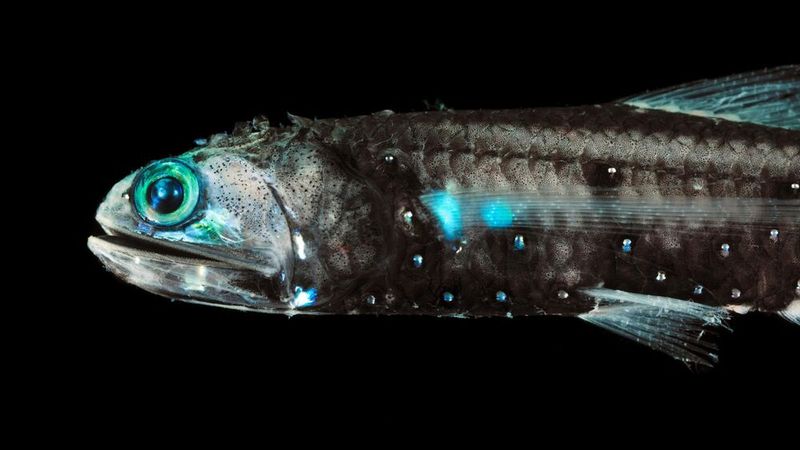
Deep in the ocean, the lanternfish illuminates the darkness with bioluminescence. This small creature, no larger than your hand, wields light as a powerful tool.
The lanternfish’s glow confuses predators and attracts food, making it a master of survival. These tiny lights also play a crucial role in communication among their kind.
Their ability to produce light is not only a spectacle but a vital adaptation in the ocean’s depths, where sunlight doesn’t penetrate. It’s a glimpse into the otherworldly beauty of the sea.
The Fish With a Built-in Weapon

Archerfish are no ordinary hunters; they shoot jets of water to knock insects off foliage. This remarkable accuracy stems from their ability to adjust for refraction.
Living in Southeast Asian waters, archerfish practice this skill from a young age. Their precision improves with experience, allowing them to catch elusive prey.
The archerfish’s unique hunting method showcases nature’s ingenuity, combining physics and biology in an extraordinary way. It’s a testament to the diverse strategies fish employ to thrive.
The Fish That Walks Backwards
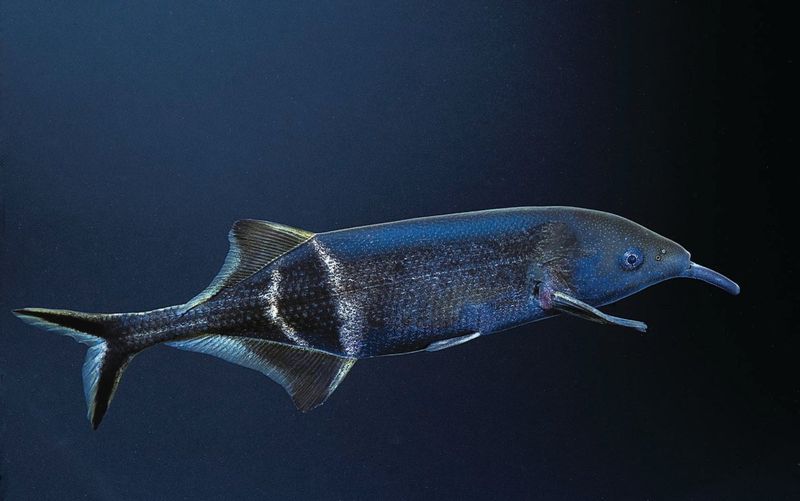
In the river’s murky depths, the elephantnose fish showcases its unusual ability to swim backward. This unique behavior is aided by its long, trunk-like snout.
Using electrical fields generated by specialized organs, it navigates through the water with precision. This ability allows the elephantnose fish to locate food and avoid obstacles in dark environments.
It’s a fascinating example of evolution’s creativity, equipping this fish with skills that seem almost magical, blurring the line between science and fantasy.
The Fish That Changes Gender
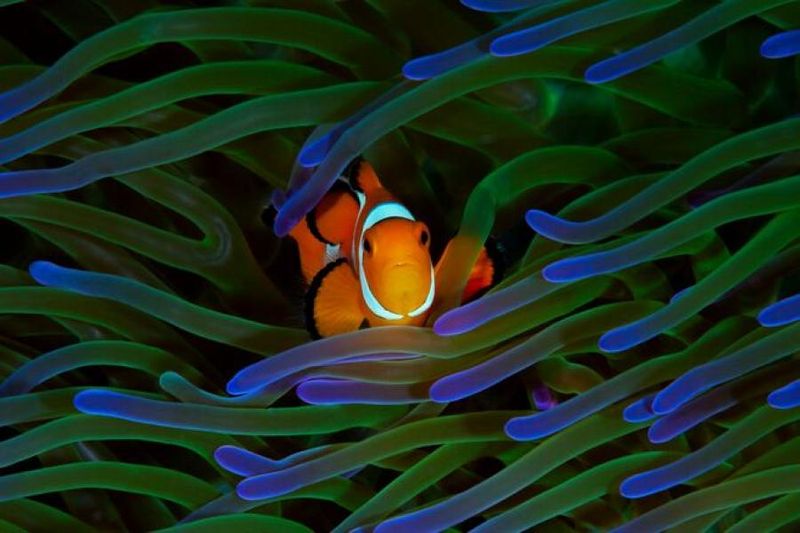
Clownfish, known for their vibrant colors, have a secret: they can change gender. In their social structure, the dominant male can become female if the need arises.
This transformation ensures the survival of the colony, adapting to changes with astonishing flexibility. Clownfish live in symbiosis with sea anemones, protected by their stinging tentacles.
Their gender fluidity is a reflection of the adaptability needed to thrive in the vibrant, ever-changing underwater world, defying traditional biological norms.
The Fish That Survives Being Eaten

The pearlfish has mastered the art of survival, living inside sea cucumbers as a refuge. This unusual relationship provides protection but is not without its challenges.
The sea cucumber offers a safe haven, though the pearlfish must navigate its host’s digestive system. This symbiotic relationship is a delicate balance of risk and reward.
By residing in such an unconventional habitat, the pearlfish demonstrates a remarkable adaptation strategy, highlighting the complex interactions seen in nature.
The Fish That Farms Algae
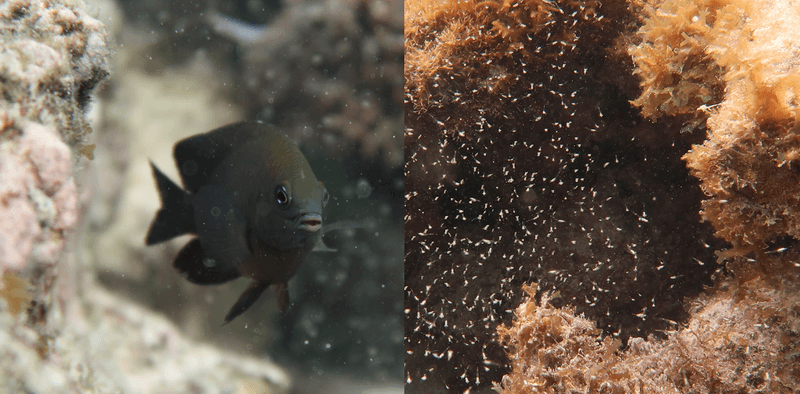
Among coral reefs, the industrious damselfish cultivates algae gardens. This farming behavior showcases its dedication to managing resources.
By maintaining these gardens, damselfish ensure a steady food supply. They tend to their patches diligently, warding off intruders and optimizing growth.
This behavior highlights a surprising level of sophistication, as they balance effort and reward in a delicate ecosystem. It’s an example of intelligence and resource management under the sea.
The Fish That Uses Tools
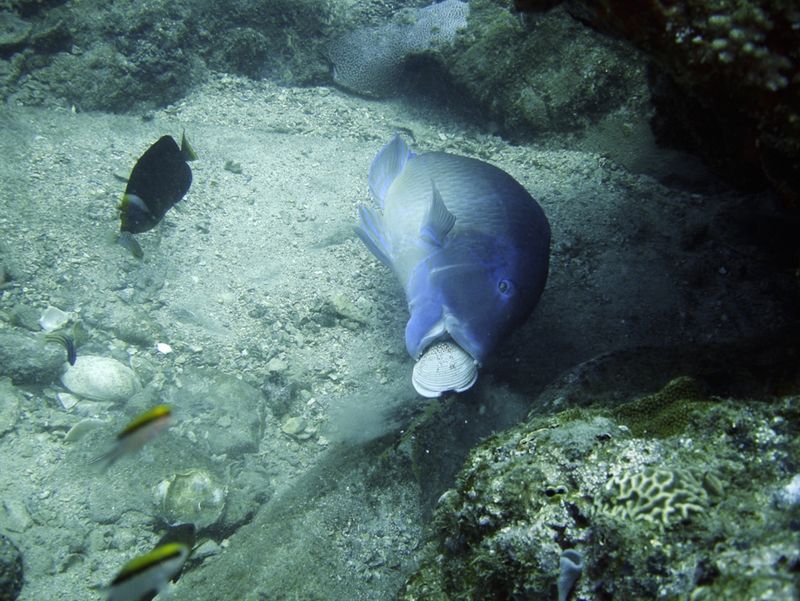
Tool use isn’t exclusive to humans; the blackspot tuskfish employs rocks to open shells. Observed in its natural habitat, this behavior astounds scientists.
The tuskfish grips a shell and repeatedly strikes it against a rock until it breaks open. This technique demands precision and patience, showcasing problem-solving skills.
Such behavior challenges assumptions about fish intelligence, illustrating their ability to manipulate the environment for survival. It’s a vivid testament to the ingenuity present in the underwater world.
The Fish That Hums
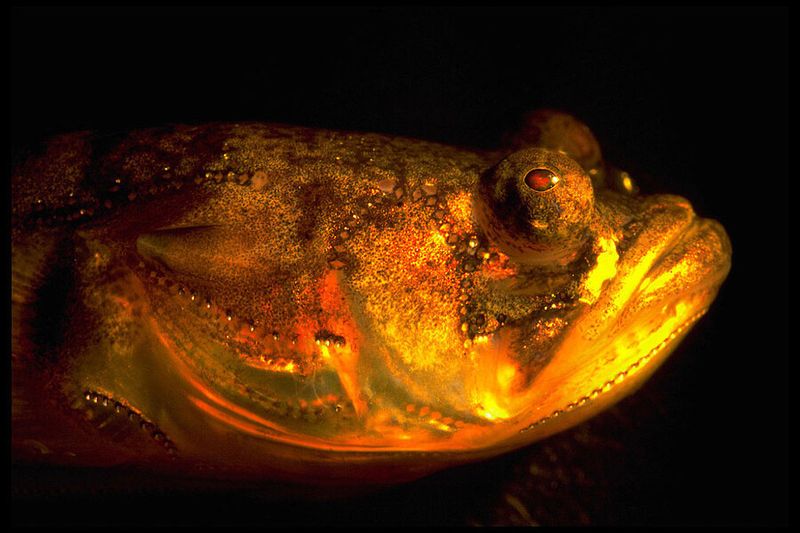
The midshipman fish serenades the sea with its humming, a sound used to attract mates. This nocturnal chorus fills the ocean with rhythmic vibrations.
Male midshipman fish produce these sounds using specialized muscles, creating melodies that resonate in the water. The enchanting hum draws females to their nests.
This remarkable communication method highlights the diverse ways fish interact, turning the ocean into a symphony of life. It’s a reminder of the myriad adaptations evolved for survival and reproduction.
The Fish That Mimics Octopuses
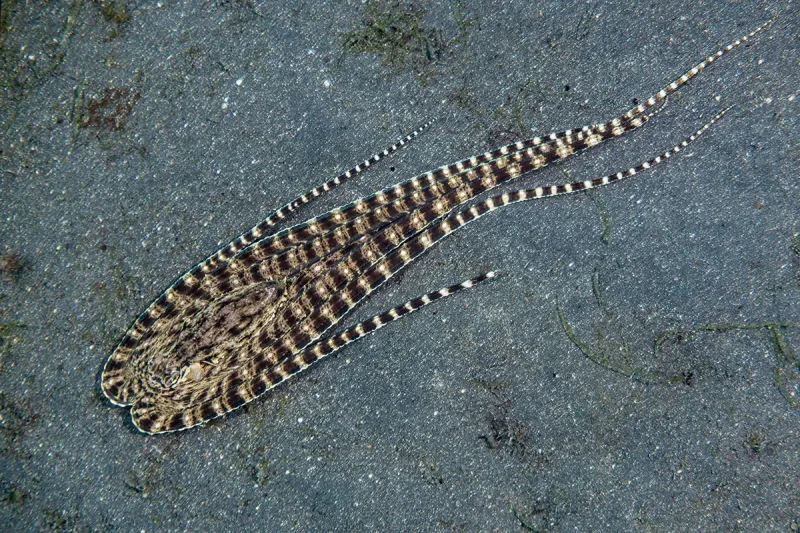
Not just any fish, the mimic octopus can impersonate more than 15 other species, including fish. By altering its shape and color, it deters predators with uncanny disguise.
This master of disguise can become a lionfish, flatfish, and even sea snakes. Such versatility confuses would-be attackers, granting it a unique survival advantage.
The mimic octopus’s extraordinary abilities demonstrate the complexity of marine life, where deception becomes a tool for survival. It’s a fascinating case of mimicry in the animal kingdom.
The Fish That Breathes Air
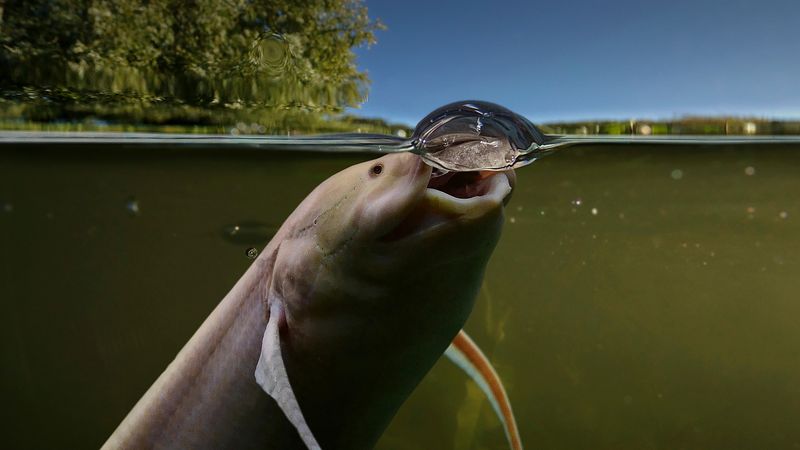
Lungfish are ancient creatures capable of breathing air. During droughts, they burrow into mud and enter a state of suspended animation.
They possess both gills and lungs, allowing them to survive without water for months. This dual respiratory system is a marvel of adaptation.
Lungfish serve as a living link to the past, showcasing traits that helped early vertebrates transition from water to land. Their resilience underscores the adaptability and survival strategies of aquatic life.
The Fish That Glows Red
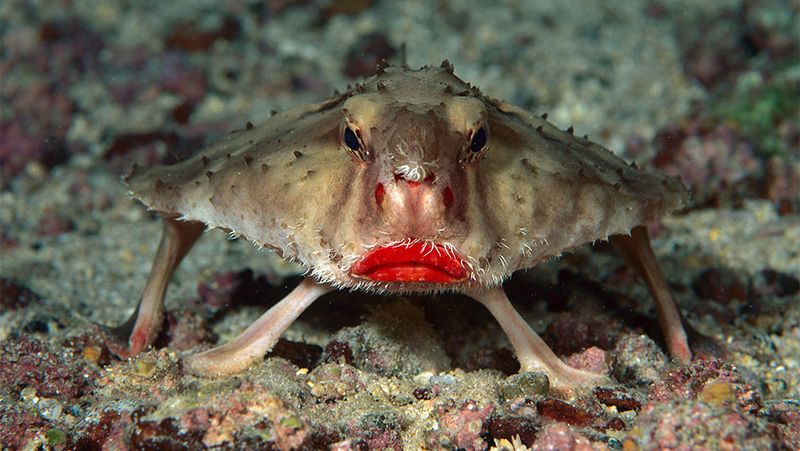
The red-lipped batfish stands out with its vivid lips, appearing as if wearing lipstick. Found near the Galapagos Islands, this fish uses its fins to walk along the ocean floor.
Its unique appearance serves as a lure to attract prey. The bright coloration contrasts sharply with the ocean surroundings, making it a peculiar sight.
This fish exemplifies the diverse aesthetics of marine life, where camouflage and attraction play vital roles in survival and mating strategies.
The Fish That Leaps Into the Air
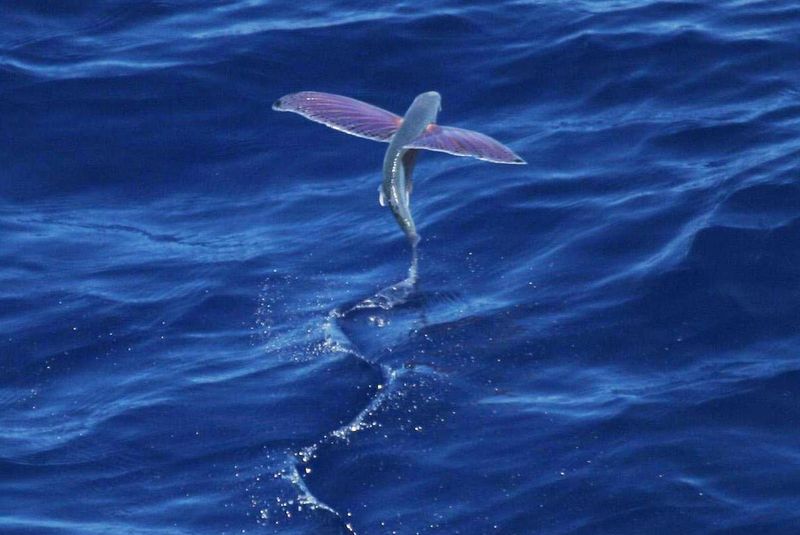
Flying fish take to the skies, gliding above the waves to escape predators. Their long, wing-like fins enable them to soar for considerable distances.
This aerial ability is a remarkable escape strategy, allowing them to navigate between air and sea with grace. Flying fish can travel up to 200 meters in a single leap, showcasing extraordinary agility.
This adaptation transforms the ocean’s surface into a dynamic playground, illustrating the lengths fish will go to evade threats. It’s a testament to the survival instincts embedded in marine life.

